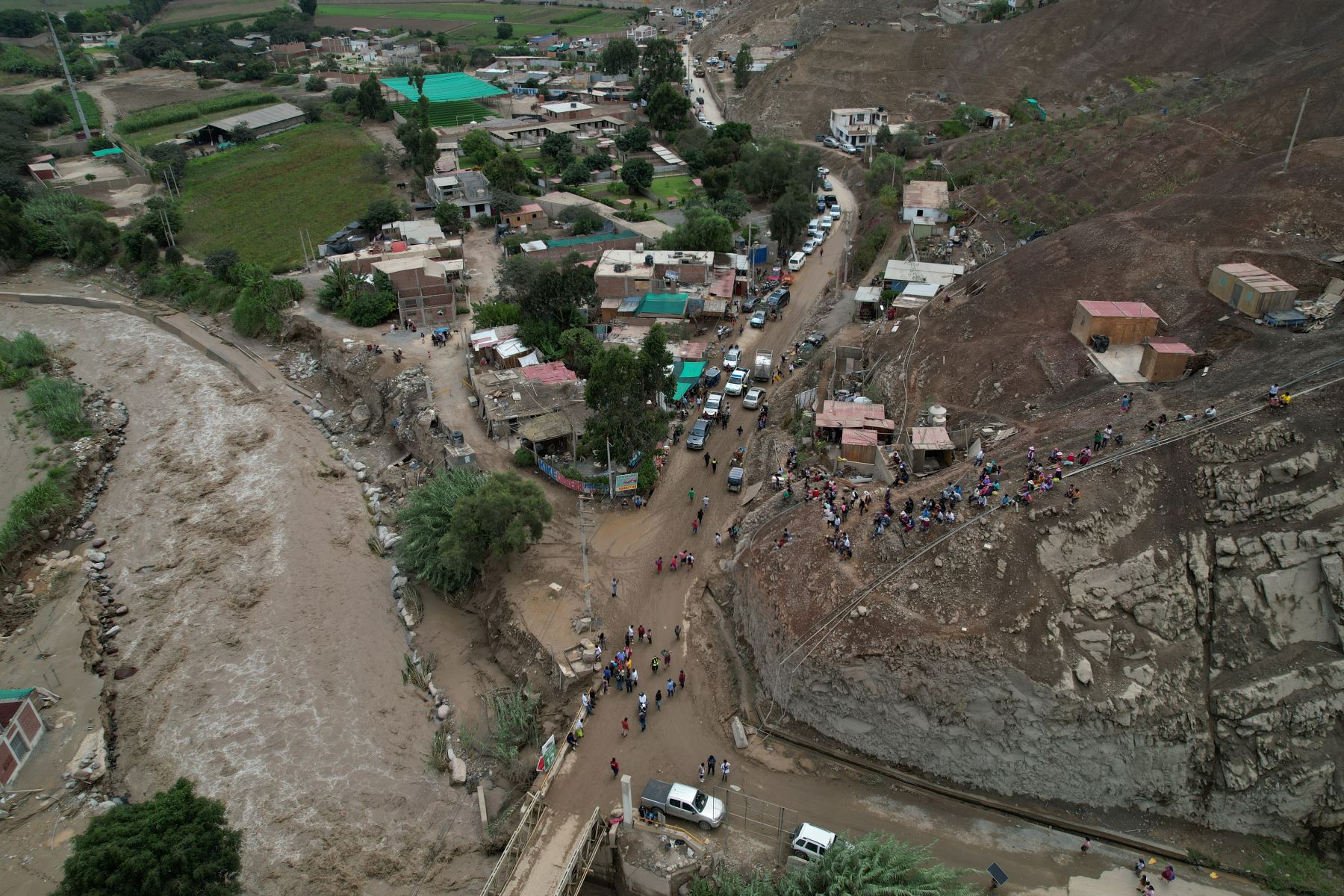A critic view to the new urban development law in Peru
Surplus and the constitution of social value
A new tax on surplus of property value has been incorporated into the new Sustainable Urban Development Law in Peru; this Law was enacted in 2021. The tax is applied on properties that suposedly increase its value, because of the positive influence of nearby public works and facilities. It is argued that the state should appropriate part of the surplus that proprietors have gained, in order to reinvest it in more public services for unattended citizens. As social value is required to buid out the physical environment of the city, even in these cases, we could discuss how this Law encounters the already working mechanism of social creation of value in informal housing, where the owner is continuously building his property use and exchange value across time.
As the Law pretends to control the whereabouts of individual people facing resource constrain and housing needs, it would require either the public resources and the public acceptance to get it fully implemented. Facing this context of law enforcement, the social capital continues being realized in the form of new and changing neighborhoods. Thus, the fulfillment of the norm have to acknowledge the miriad of powers that are transforming the housing realization. Therefore, the Law seeking to control people and things, becomes onerous in its attempt to predate the social capital that builds the city. The Law requires for its implementation and practice to be part of the several socio-spatial processes occurring in this contested marginal land.
 Water, land and social capital surplus (Source: www.andina.pe)
Water, land and social capital surplus (Source: www.andina.pe)
The laws and powers governing housing creation
Cooperation and competition within the market mechanism are necessary conditions for the informal system to operate. Also the antagonism of formal and informal modes of housing production, and its financial support, drives the self-building house to thrive in marginal land. Under these conditions the anarchic functioning of the housing market (both formal and informal) prevails, and social capital build up becomes evident. Even as the informal householders are away from the bank loans, the finance is central in the social production of informal houses. It is because the inhabitants save money otherwise would go to rent or mortgage, and also seeks the house to generate a rent at the end.
Thus, the socially constructed value of the houses integrates within the city growth operation and is embedded within whole Peruvian economic system. To charge a surplus tax on housing value that is benefiting from public investment, requires the construction of new property rights over common goods in order to ensure the tax is being spend on local public benefit. Is it here at the local level, with democratic institutions, where these benefits are expected to be realized. Through the recognition of this common rights, the surplus tax is guaranteed to be reapropiated and managed by the autonomous population.
Alternatives to law power at common local level
Finally, the individually-obtained rent from the socially constructed value worked out of bare land, is a way to build new social property rights of common land, a object where this surplus tax power is exerted, among others. Described operation at the interface of individual housing and state is not antagonist to private property, in the informal form of live. The access to housing is related to the construction and consolidation of public spaces as a form of common good that realizes itself as social rent whose benefit comes not from private property but from the socially constructed neighborhood.
Therefore, for informal urbanization, the surplus tax should not be a burden on the already realized and paid social rent; its current logic is redundant whereas payment has been already done through the household labor that transformed otherwise bare unproductive land. Power operation at this level provides opportunities to divert this resource seeking to advance formulae of obtaining resources to be inverted directly on improving the conditions of the commons. One long term alternative, that is currently being implemented, is improving living coditions at public space and utilities that at the end resulted in the strenghten of economic meas of the population that in turn could be required to pay ordinary municipal taxes.